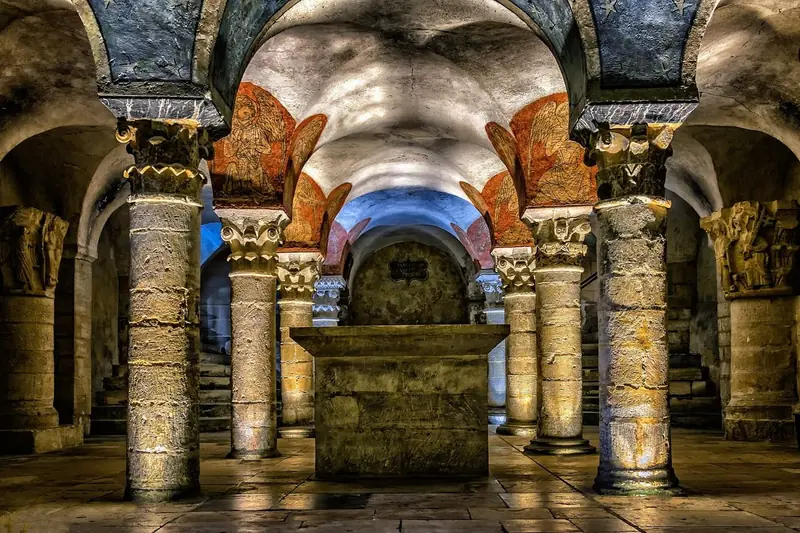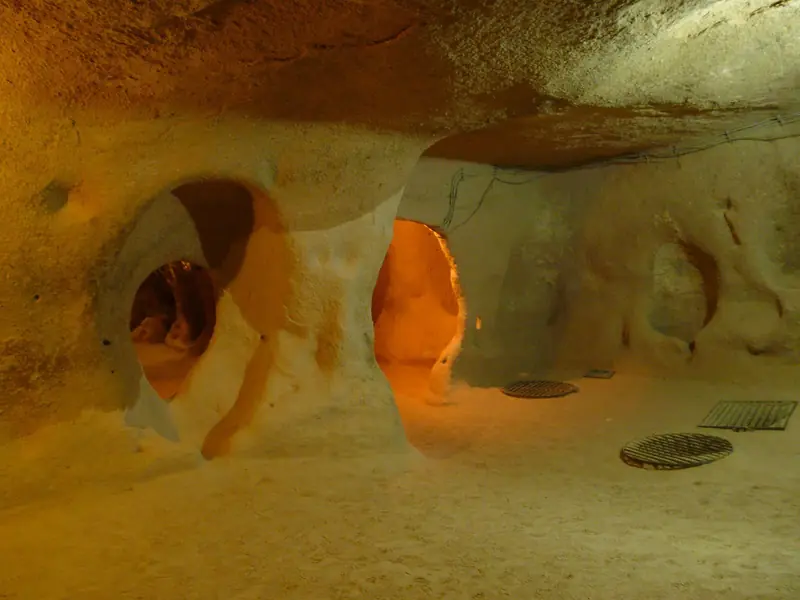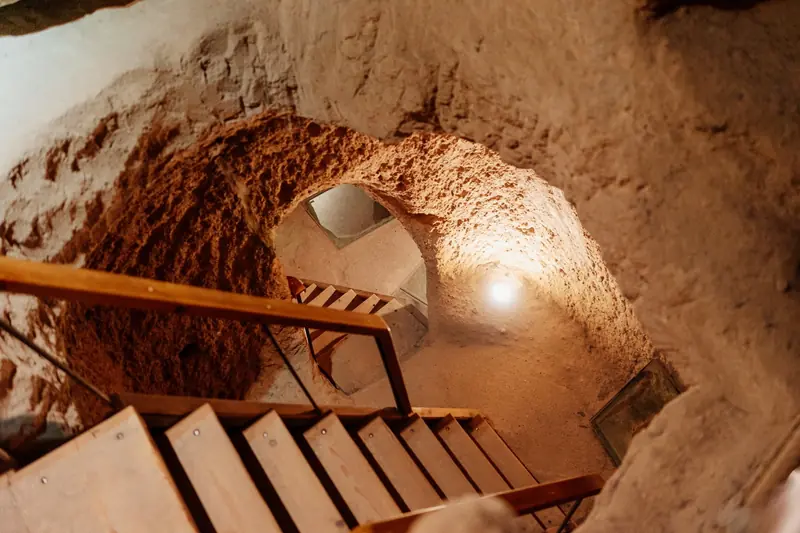
This year’s unusually hot summer has starkly illustrated the consequences of humanity’s dependence on fossil fuels. While Elon Musk dreams of colonizing Mars and other researchers consider the ocean as the best refuge during global warming, scientists are exploring another option: a future with cities underground.
As extreme weather events become more frequent, an underground habitat, where temperatures remain much more stable, could prove to be a true lifeline for humanity. There are historical examples of people living underground. But can this help combat the climate crisis in the future?
Australia’s Underground City
Nearly 60% of the population in the Australian town of Coober Pedy (which translates from the Aboriginal language as “white people in holes”) lives in underground buildings. In this region of South Australia, summer temperatures can soar to +52°C, while winter temperatures drop to 2°C. However, in the underground town of Coober Pedy, the temperature remains a comfortable +23°C year-round.
Without this natural stone shelter, the city’s residents would likely struggle to survive the extreme heat, as air conditioning would be prohibitively expensive for most. On the surface, even birds perish during the summer heat, but the townspeople enjoy relatively luxurious underground living spaces.
All underground structures here are located at least 2.5 meters below the surface. This rule helps prevent collapses, which do occur from time to time. The local rock formations do not require complex tools for excavation, and the process of building underground homes is relatively quick.
The Lost City of Cappadocia
In 1963, extensive underground labyrinths of the previously lost city of Derinkuyu were accidentally discovered in Turkey’s Cappadocia region. This settlement was built as far back as 2000 B.C. and featured an 18-story network of underground tunnels stretching 76 meters. It housed 15,000 ventilation shafts and could accommodate 20,000 people.
 This underground city is believed to have served as a refuge during wars for millennia, only to be abandoned suddenly in the 1920s. While surface temperatures range from 0°C to +30°C, the temperature in these underground tunnels remains a constant +13°C.
This underground city is believed to have served as a refuge during wars for millennia, only to be abandoned suddenly in the 1920s. While surface temperatures range from 0°C to +30°C, the temperature in these underground tunnels remains a constant +13°C.
Such conditions make this environment ideal for preserving fruits and vegetables. Today, some of the tunnels in Derinkuyu are used to store boxes of pears, lemons, apples, oranges, potatoes, and cabbage. The local rock is quite pliable, making it relatively easy to create tunnels here.
Drawbacks of an Underground Future
Living underground for a while may not seem catastrophic to most people, but the idea of a permanent subterranean existence is daunting. It’s important to note that the underground world has long terrified humanity and has been associated with the realm of the dead. Claustrophobia, the fear of collapses, and suffocation due to lack of air are significant challenges that people may face in an underground future.
As Will Hunt, author of the book “Underground,” notes in an interview with Sciencealert, humans are physiologically not designed for underground living. Prolonged absence of natural light can lead to people sleeping for up to 30 hours straight, and disruptions to their normal rhythms can result in various health issues.
Sudden floods are another threat to an underground future, which is inevitable due to ongoing climate change. A stark example of this is the frequent deaths of homeless individuals in the underground tunnels of Las Vegas, which can flood almost instantly during heavy rains, leaving no time for evacuation.
 Additionally, it’s worth mentioning the need for expensive materials that can withstand underground pressure. Moreover, extensive geological surveys must be conducted before any underground construction begins.
Additionally, it’s worth mentioning the need for expensive materials that can withstand underground pressure. Moreover, extensive geological surveys must be conducted before any underground construction begins.
It’s also important to remember that surface temperature fluctuations still affect the underground environment. Primarily, rising surface temperatures will cause soil expansion, which can damage underground structures.
An Example of a Successful Underground Project
Safety, natural lighting, quality ventilation, and a sense of connection to the surface world are the key factors for successful human existence underground. In Montreal, these elements were successfully implemented in the creation of the RESO underground city, which spans 32 kilometers and allows people to endure significant cold spells.
Within its confines lies all the infrastructure necessary for comfortable living—from offices and hotels to schools and shops. So perhaps we should consider building not skyscrapers, but underground vaults for the future to escape the dangerous heat?

